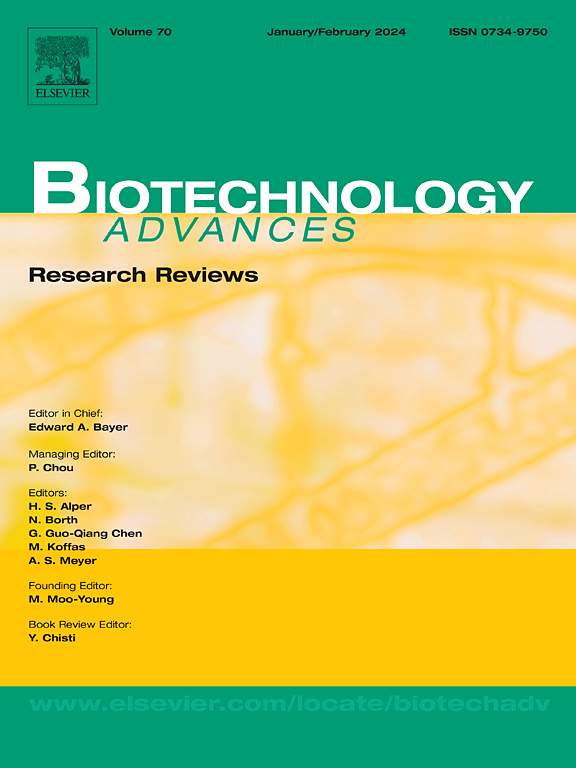Engineering aspects of lipid-based delivery systems: In vivo gene delivery, safety criteria, and translation strategies
Abstract
Defects in the genome cause genetic diseases and can be treated with gene therapy. Due to the limitations encountered in gene delivery, lipid-based supramolecular colloidal materials have emerged as promising gene carrier systems. In their non-functionalized form, lipid nanoparticles often demonstrate lower transgene expression efficiency, leading to suboptimal therapeutic outcomes, specifically through reduced percentages of cells expressing the transgene. Due to chemically active substituents, the engineering of delivery systems for genetic drugs with specific chemical ligands steps forward as an innovative strategy to tackle the drawbacks and enhance their therapeutic efficacy. Despite intense investigations into functionalization strategies, the clinical outcome of such therapies still needs to be improved. Here, we highlight and comprehensively review engineering aspects for functionalizing lipid-based delivery systems and their therapeutic efficacy for developing novel genetic cargoes to provide a full snapshot of the translation from the bench to the clinics. We outline existing challenges in the delivery and internalization processes and narrate recent advances in the functionalization of lipid-based delivery systems for nucleic acids to enhance their therapeutic efficacy and safety. Moreover, we address clinical trials using these vectors to expand their clinical use and principal safety concerns.

 求助内容:
求助内容: 应助结果提醒方式:
应助结果提醒方式:


